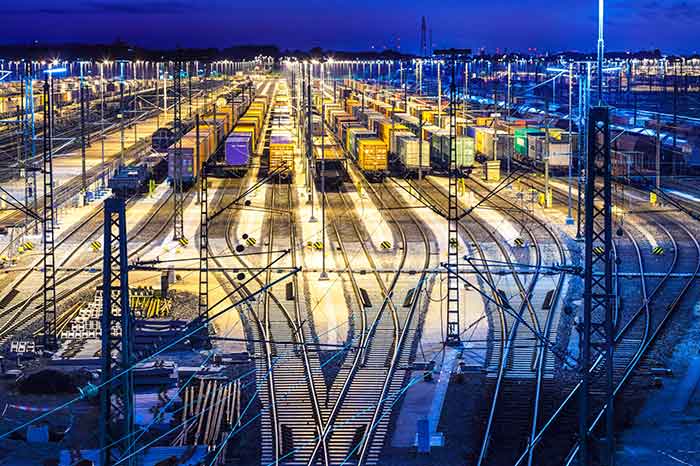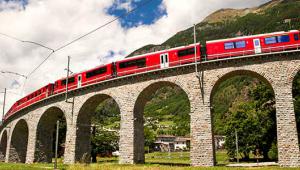web_freighttrains_istock_000052980212_medium.jpg

Freight trains
The ECA found that, despite billions of euros in funds spent between 2007-13 and the priority placed on promoting rail freight, it has failed to match competition from the road and the initiative’s performance has been “unsatisfactory”.
Ladislav Balko, the member of the ECA responsible for the report, said funding alone is not the issue, and more cash would not resolve the problem by itself.
“The [European] Commission and member states need to help train and track managers to improve rail freight’s reliability, frequency, flexibility, customer focus, transport time and price,” he stated.
The auditors visited five member states – the Czech Republic, Germany, Spain, France and Poland – between mid-2014 and mid-2015 to review the performance of rail freight transport in the EU.
Since 2001, the commission has recognised the importance of revitalising the rail sector as part of the promotion of more efficient and sustainable transport methods.
In 2011, it set itself the target of shifting as much as 30% of road freight being transported further than 300km to other modes of transport, including rail and water, by 2030, and more than 50% by 2050.
Between 2007 and 2013 the commission spent €28bn on shifting freight from road to rail. However, the auditors found that since 2011 rail’s share of freight has actually declined across the bloc, although some individual member states have had more success.
Auditors said this was due to a number of factors. Freight trains in the EU are very slow, able to travel at only 18 kilometres per hour on many international routes.
In addition, the EU’s rail network, far from a single European railway, remains a sprawling system of separate national networks, governed by various national authorities and very different rules on criteria like pricing and path allocation.
Traffic management procedures across this expansive collection of networks are also ill-suited to the needs of rail freight. Even within special freight corridors, freight trains are charged for every kilometre of rail infrastructure they use, unlike road transport.
Auditors also noted that poor maintenance of the rail network was affecting sustainability and performance and making road a more attractive option for shippers.
Of the member states visited, three did not allocate all of the EU funds they were given to rail freight, choosing to give the majority of them to road. It noted that even when these were allocated to rail, they were not primarily used to meet the needs of rail freight.
Matching policy objectives more consistently to funding allocations and the selection, planning and management of projects and maintenance will be necessary to ensure better use of EU funds, the auditors said.
EU sources told Public Finance International that the commission shares the overall view of the ECA: that the performance of rail freight in the bloc remains unsatisfactory.
They said the recommendations are timely and clearly support the commission's ongoing effort to revitalise rail freight. A number of new provisions, part of the commission's Fourth Railway Package, are set to be adopted soon, and will contribute to the competitiveness of rail freight by promoting common standards and authorisations across Europe.













